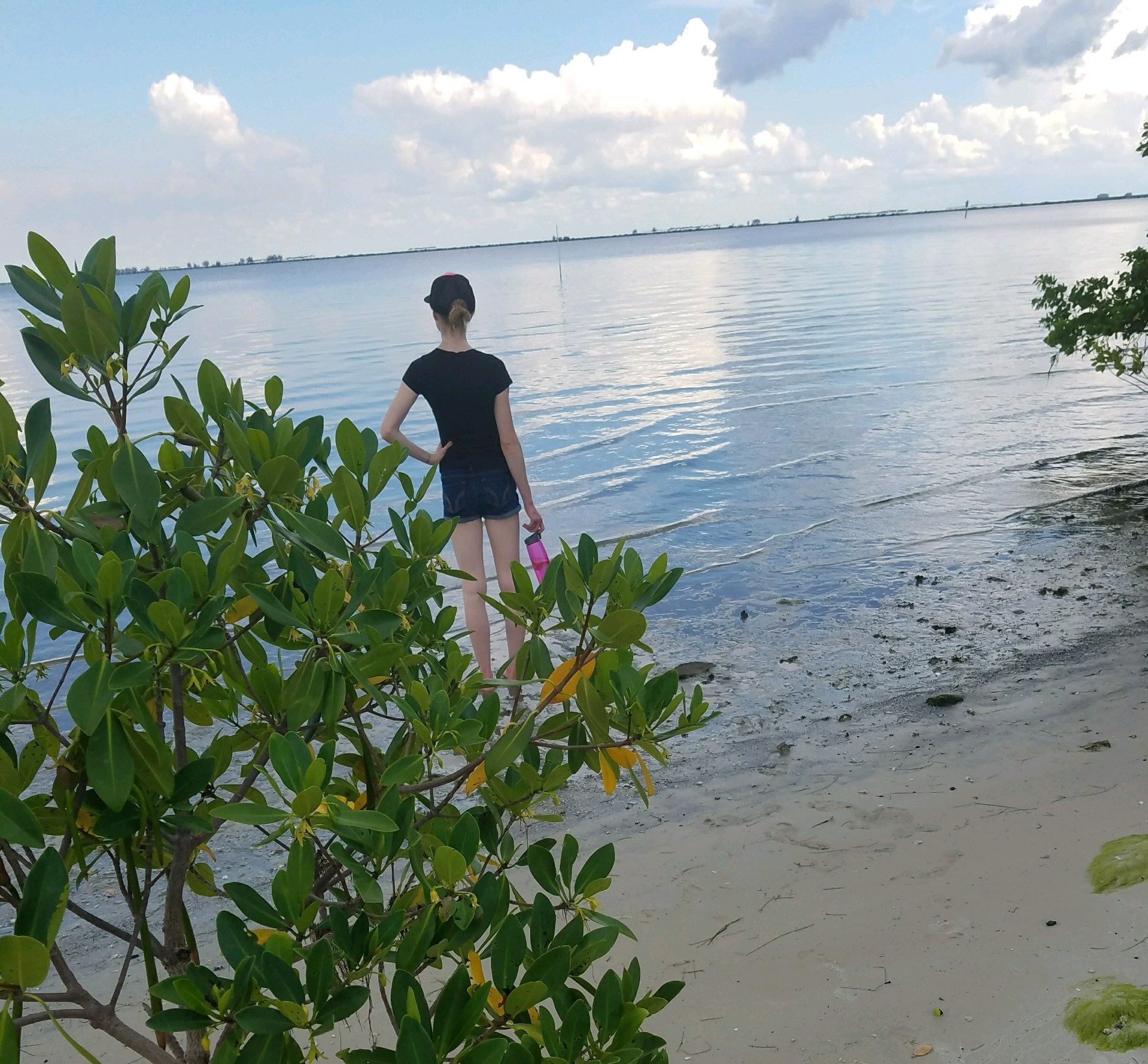I used to feel it was my duty to stay abreast of the latest fad diets and new “health foods” hitting grocery store shelves. I wanted to be in the know so I was equipped to answer questions from patients/clients, family and friends.
Over the years, I’ve stopped putting time and energy into learning the ins, outs and health claims associated with new fad diets and products. I’ve come to believe there is nothing superior to eating real, whole, responsibly grown food. I find it reasonable to think our planet came equipped with all the ingredients we need to nourish our bodies. I don’t believe the average person needs a complicated diet or highly processed “health food” to achieve wellness.
Certainly, there is a place for specialized diets and products such as the Ketogenic Diet for children with epilepsy, tube feedings for critically ill patients and specially formulated fuel for athletes chasing the pinnacle of their potential (Though, Shalane Flanagan has shown we can fuel our bodies with whole foods and win). Why are we trying to reinvent the wheel and complicate things for the average person?
I suspect the pervasiveness of fad diets increases the likelihood that children will face significant obstacles to forming healthy relationships with food and their growing bodies. The multitude of highly processed foods also has huge environmental implications.
A few years ago, I stumbled on the Blue Zones. It prompted me to start thinking more critically. Like so many lessons in life, the answers may be right in front of us. Rather than trying to develop the next superfood or diet, why not turn to the people among the longest-lived cultures in the world?
The founder of the Blue Zones, Dan Buettner, worked with a team of researchers to identify pockets in the world where people live the longest. Five areas stood out:
- Okinawa, Japan
- Sardinia, Italy
- Nicoya, Costa Rica
- Ikaria, Greece
- Loma Linda, California
The researchers then sought to uncover common lifestyle factors among these groups of people that likely play a significant role in longevity. 9 practices emerged:
- Move Naturally
- Purpose
- Down Shift
- 80% Rule (eat until 80% full)
- Plant Slant
- Wine at 5
- Belong
- Loved Ones First
- Right Tribe
Further details regarding the eating practices can be found here; however, the main takeaway is to eat primarily whole, plant-based foods (95% plant / 5% animal). Meat, fish and dairy are not totally off the table; it’s just suggested to limit these foods to small portions a few times per week.


While the Blue Zones do offer more specific guidelines and a suggested macronutrient breakdown; I would argue it’s unnecessary to track these numbers. I highly doubt a 103 year old in Okinawa does. Rather, let’s shift our focus to food and make a conscious effort to include whole, plant-based sources of carbohydrate (whole grains, fruit, vegetables), protein (beans, nuts, nut butters, seeds) and fat (nuts, nut butters, seeds, avocados, olives) at every meal. The high fiber and water content characteristic of most plant-based foods promote satiety which ultimately can lend to weight control over time.
The Blue Zones show us basic, real food does promote health, longevity and wellness. They also make a case for putting the joy back in to creating and sharing food with our loved ones. Viewing food from a broader perspective than specific nutrients fosters connections with ourselves, our loved ones and our planet which undoubtedly has health benefits that cannot be packaged up.
